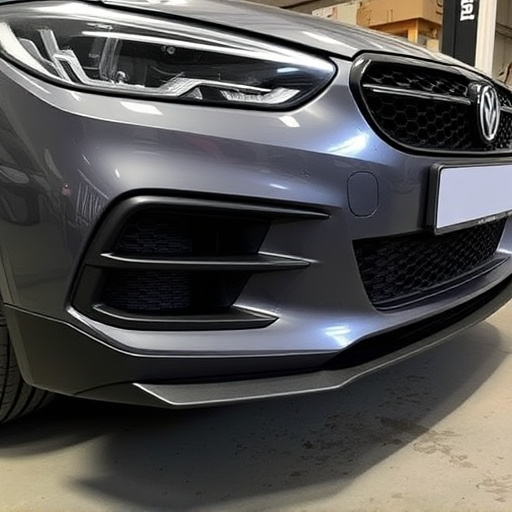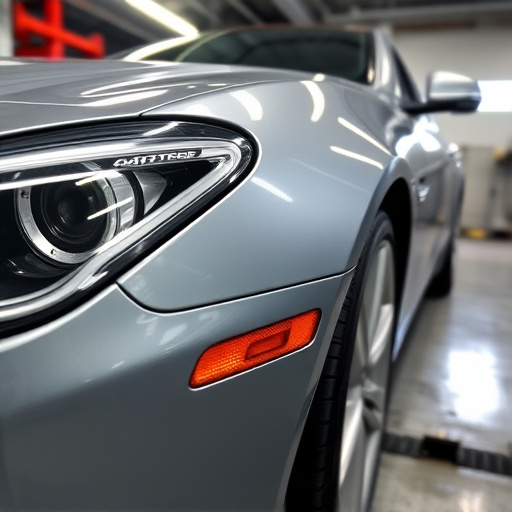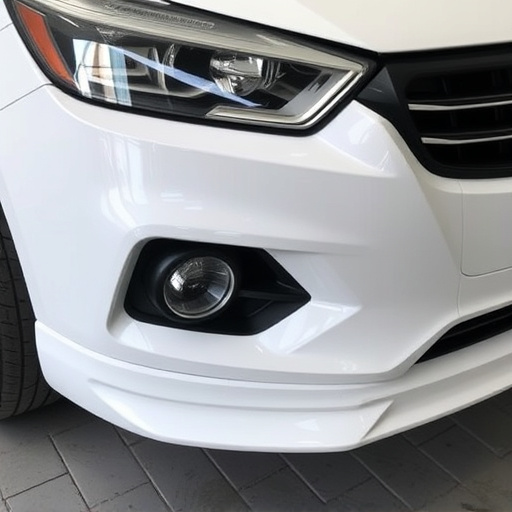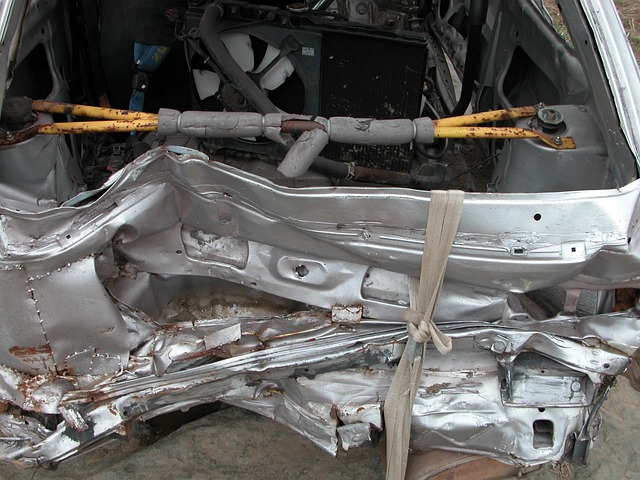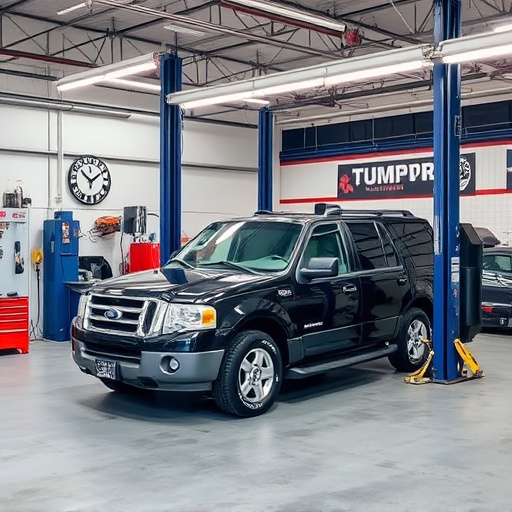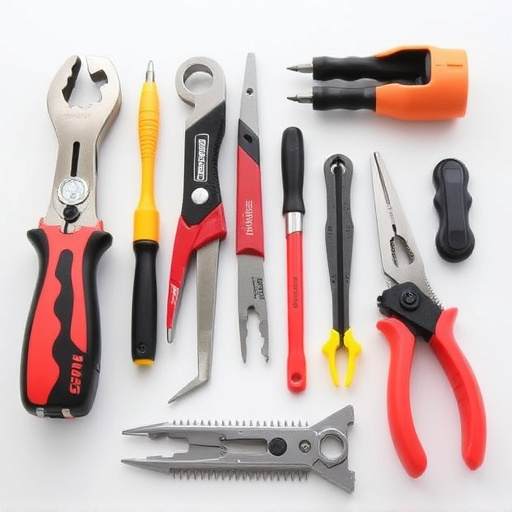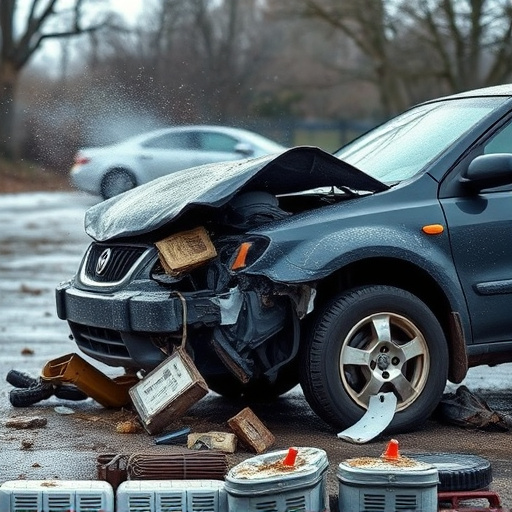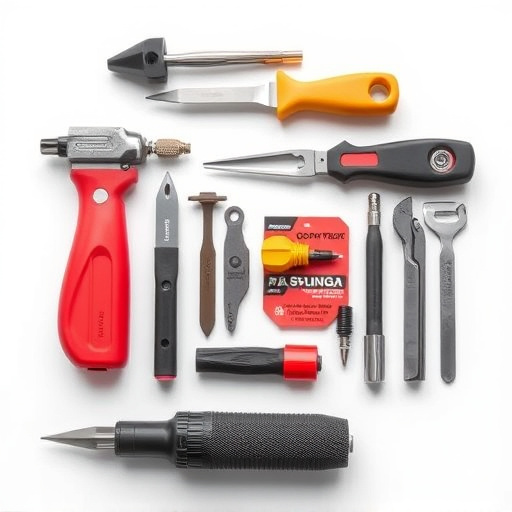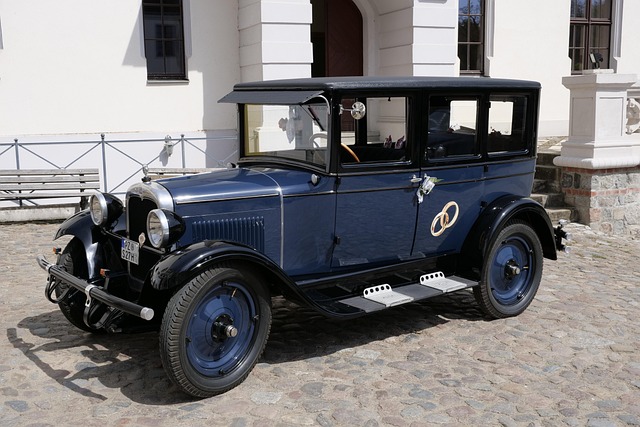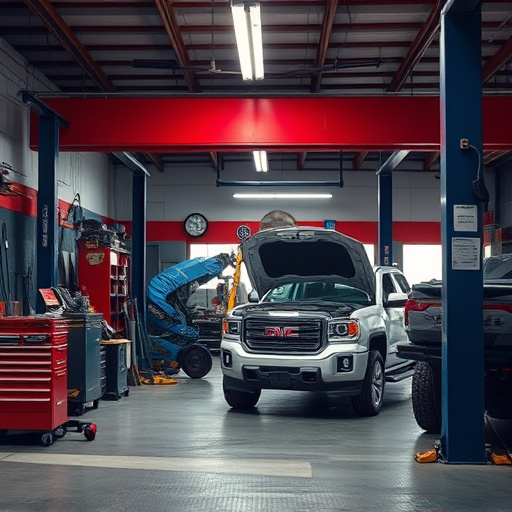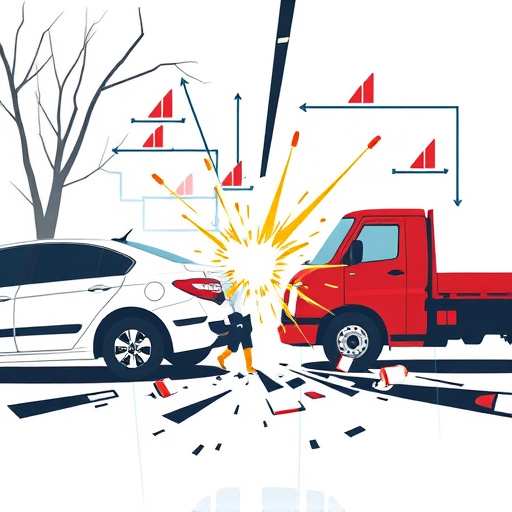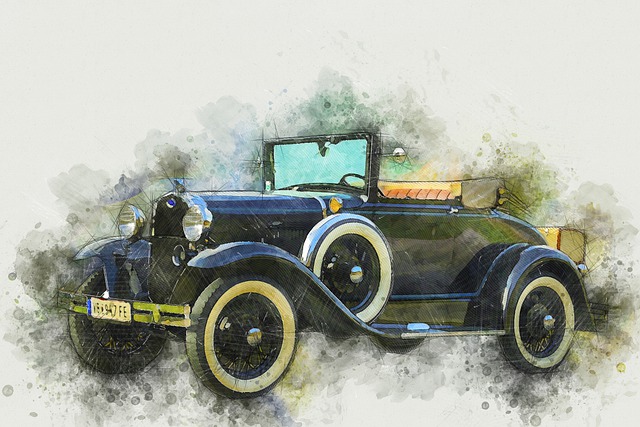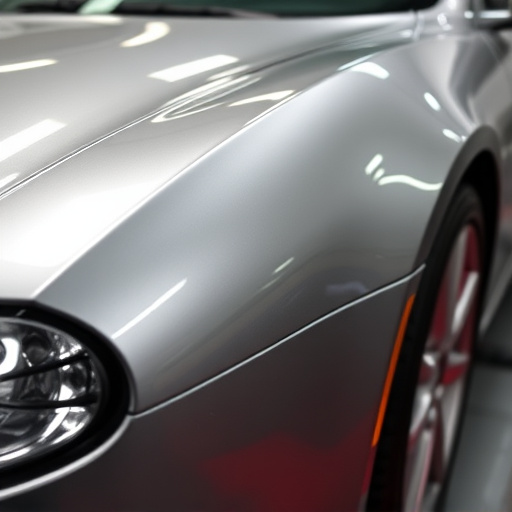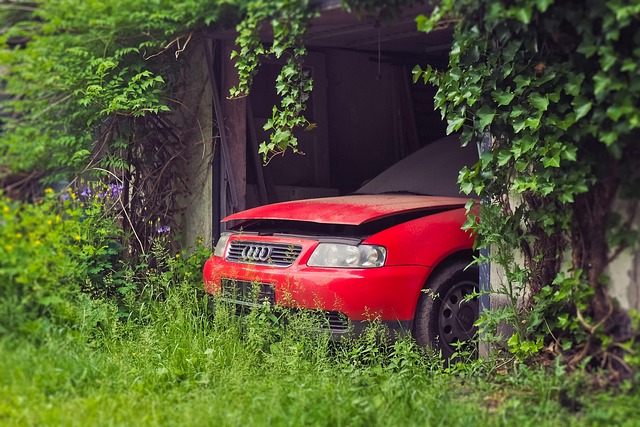Windshield calibration is a safety-critical process ensuring clear vision and structural integrity for vehicles. Using diagnostic tools, professionals validate and correct alignments, enhancing driver safety and car condition. Precision is paramount in collision and paintless dent repair, relying on specialized tools to detect and rectify deviations from benchmark standards, thus maintaining high quality and accuracy.
Windshield calibration is a critical process ensuring accurate vehicle measurements, from rearview mirrors to defrosters. This article delves into the intricacies of windshield calibration success and the vital role diagnostic tools play in validating its accuracy. We explore fundamental concepts, examine the specific contributions of diagnostic tools during validation, and highlight best practices for ensuring precise and reliable results. By understanding these aspects, automotive professionals can maintain optimal vehicle performance and safety.
- Understanding Windshield Calibration: The Basics
- The Role of Diagnostic Tools in Validation Process
- Ensuring Accuracy: Methods and Best Practices
Understanding Windshield Calibration: The Basics

Windshield calibration is a critical process that ensures your vehicle’s front glass provides accurate and clear vision while driving. It involves adjusting the positioning and alignment of your windshield to meet specific safety standards, offering optimal visibility for safer navigation. This procedure is particularly essential as even slight misalignments can impact not just your ability to see clearly but also compromise the structural integrity of your car’s windshield or cause issues with sensors and cameras that rely on accurate glass placement.
Successful calibration ensures that the windshield is perfectly aligned with the vehicle’s frame, reducing chances of damage from road debris or accidental collisions. It plays a significant role in preventing incidents related to poor visibility, such as those caused by a car scratch repair or other types of vehicle body repairs, ultimately enhancing driver safety and the overall condition of your car.
The Role of Diagnostic Tools in Validation Process

Diagnostic tools play a pivotal role in validating the success of windshield calibration, ensuring precise and accurate adjustments. These advanced instruments are designed to measure and analyze various parameters related to windshield alignment and positioning, providing invaluable insights into the calibration process. By employing diagnostic tools, technicians can systematically assess the accuracy of windshields, detecting even the most subtle deviations from the ideal position.
In the realm of car paint repair, collision repair, and car scratch repair, where precision is paramount, these tools offer a level of scrutiny that manual methods may overlook. They enable professionals to identify issues such as misalignment, curvature, or any residual damage, allowing for immediate corrections. This meticulous validation process not only enhances the overall quality of windshield replacements but also ensures driver safety by eliminating potential distractions caused by off-kilter windshields.
Ensuring Accuracy: Methods and Best Practices

Maintaining precision is paramount when it comes to windshield calibration, as even minor deviations can impact the overall quality of repairs in a collision center or car damage repair facility. To ensure accuracy, various methods and best practices are implemented during the process. These include utilizing specialized diagnostic tools designed to measure and validate the calibration of windshield replacement and repair equipment. By comparing actual measurements with predetermined standards, these tools help identify any discrepancies that may arise from human error or equipment malfunction.
One effective practice is regular calibration checks using benchmark standards. This involves comparing results against known-good samples or historical data to establish a consistent baseline for accuracy. Additionally, double-checking procedures and cross-referencing measurements between multiple instruments can further enhance precision. These methods are particularly crucial in the realm of paintless dent repair, where meticulous attention to detail is essential for achieving seamless results.
Windshield calibration is a critical process ensured by diagnostic tools that verify accuracy through various methods. By leveraging these tools, professionals can maintain optimal visual clarity and safety on roads. Through understanding the basics of windshield calibration and implementing best practices, mechanics and technicians can confidently ensure top-tier results for every vehicle they service.
